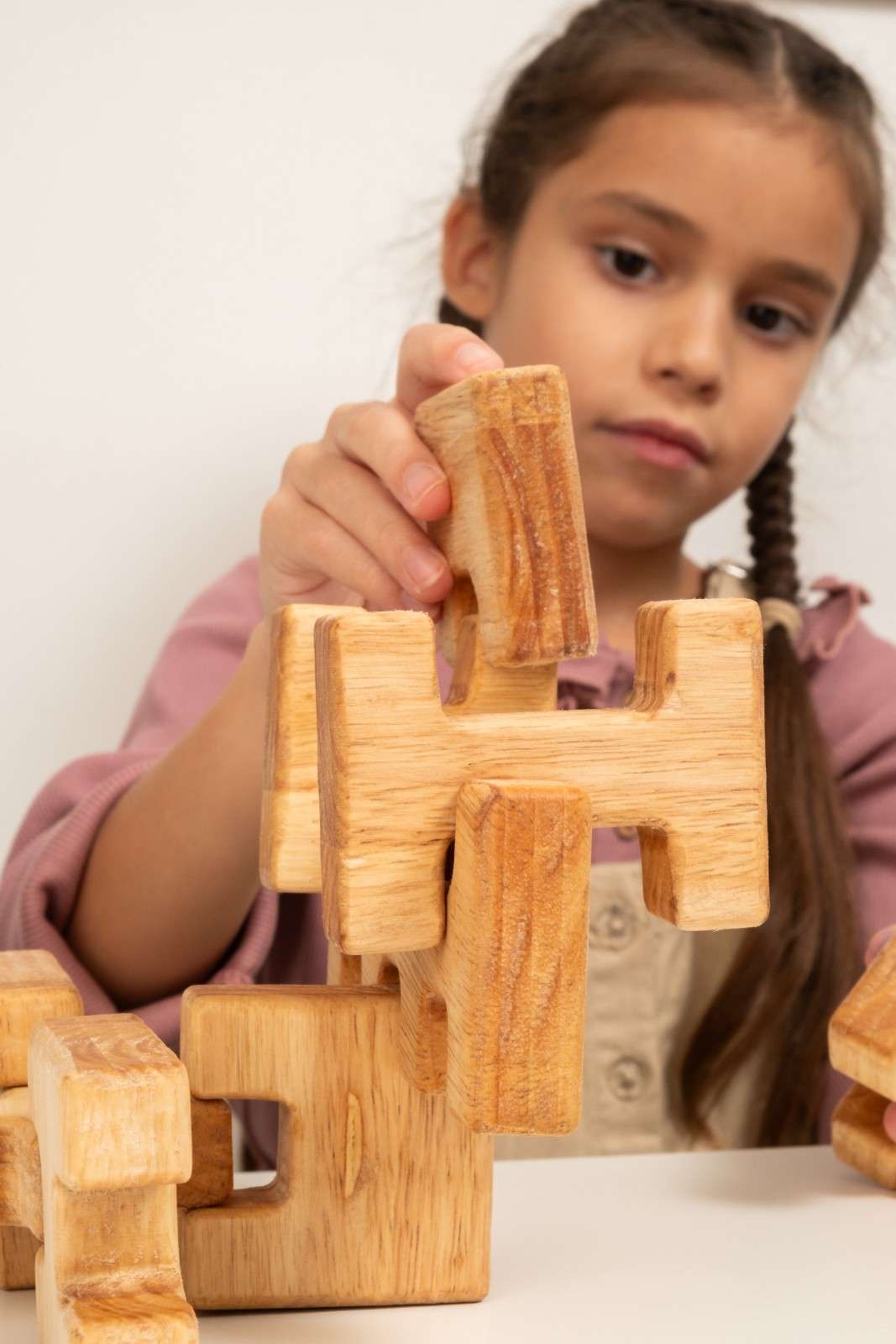Wooden toys have a rich history spanning centuries, but their future holds even more promise. As society shifts towards more sustainable and eco-friendly practices, wooden toys are poised to lead the way in toy innovation, embracing new trends, and advancing sustainability efforts. In this article, we'll explore the exciting developments shaping the future of wooden toys.
Innovations in Design and Technology
Wooden toy manufacturers are constantly innovating to create toys that are not only environmentally friendly but also engaging and educational. From intricate wooden puzzles with hidden mechanisms to interactive playsets that incorporate technology, the possibilities for wooden toy design are endless. These innovations combine traditional craftsmanship with modern technology, offering children dynamic and enriching play experiences.
Trends in Educational Play
Educational wooden toys are becoming increasingly popular as parents seek toys that support their children's learning and development. From alphabet blocks and counting games to STEM-focused building sets, wooden toys are being designed to enhance children's cognitive, motor, and social skills. These toys encourage hands-on exploration, critical thinking, and problem-solving, preparing children for success in school and beyond.
Sustainability Initiatives
In response to growing environmental concerns, many wooden toy manufacturers are prioritizing sustainability in their production processes. They are sourcing wood from responsibly managed forests, using non-toxic paints and finishes, and minimizing waste throughout the manufacturing process. By adopting eco-friendly practices, these companies are reducing their environmental footprint and promoting a more sustainable future for the toy industry.
Embracing Diversity and Inclusion
Wooden toy manufacturers are also focusing on diversity and inclusion, creating toys that reflect the diverse backgrounds and experiences of children worldwide. From dolls with varying skin tones and features to multicultural playsets that celebrate different cultures and traditions, wooden toys are becoming more inclusive and representative of the global community. These efforts help children develop empathy, respect, and appreciation for diversity from a young age.
Community Engagement and Collaboration
Wooden toy companies are collaborating with local artisans, designers, and communities to create unique and culturally relevant toys. By supporting small-scale production and craftsmanship, these collaborations help preserve traditional skills and promote economic empowerment in local communities. Additionally, wooden toy companies are partnering with non-profit organizations and educational institutions to donate toys to children in need, ensuring that all children have access to high-quality play experiences.
Conclusion
The future of wooden toys is bright, with innovations, trends, and sustainability efforts driving the industry forward. As consumers become more conscious of the environmental and social impact of their purchases, wooden toys are emerging as a preferred choice for eco-conscious families. With a focus on design innovation, educational play, sustainability initiatives, diversity, and community engagement, wooden toy manufacturers are paving the way for a more sustainable, inclusive, and enriching toy industry.
